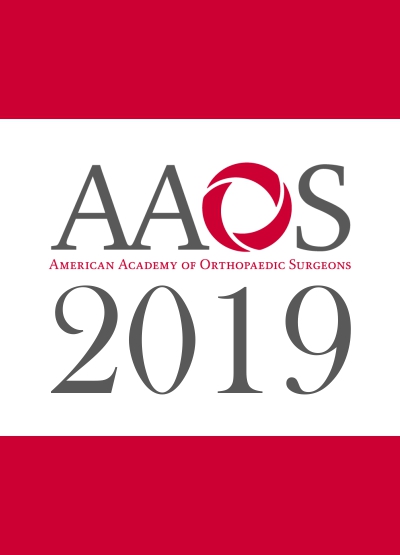
AAOS2019: LP-PRP injection added to dry needling ineffective in treatment of patellar tendinopathy

CONFERENCE ACE REPORTS
This ACE Report is a summary of a conference presentation or abstract. The information provided has limited the ability to provide an accurate assessment of the risk of bias or the overall quality. Please interpret the results with caution as trials may be in progress and select results may have been presented.
Synopsis
30 patients with patellar tendinopathy and scheduled for treatment with ultrasound-guided dry needling were randomized to treatment with or without the addition of leukocyte-poor platelet rich plasma injection. Outcomes of interest included the Victorian Institutes of Sport Assessment (VISA) patellar tendinopathy score, pain on a visual analog scale, and Lysholm knee scores over 12-week and 6-mont...
To view the full content, login to your account,
or start your 30-day FREE Trial today.
FREE TRIAL
LOGIN
Forgot Password?
Explore some of our unlocked ACE Reports below!

Learn about our AI Driven
High Impact Search Feature
Our AI driven High Impact metric calculates the impact an article will have by considering both the publishing journal and the content of the article itself. Built using the latest advances in natural language processing, OE High Impact predicts an article’s future number of citations better than impact factor alone.
Continue



 LOGIN
LOGIN

Join the Conversation
Please Login or Join to leave comments.